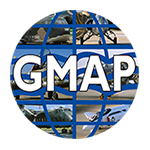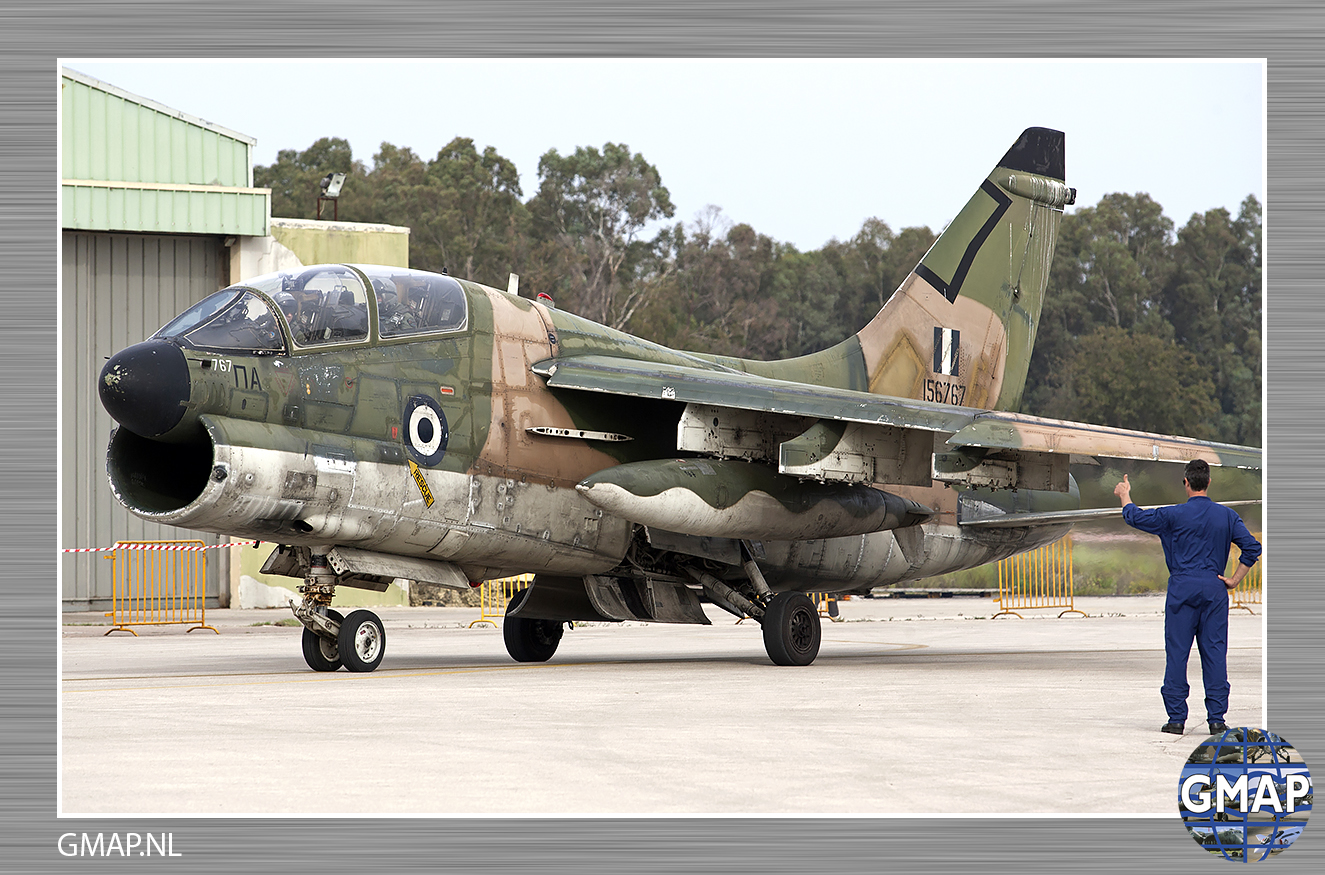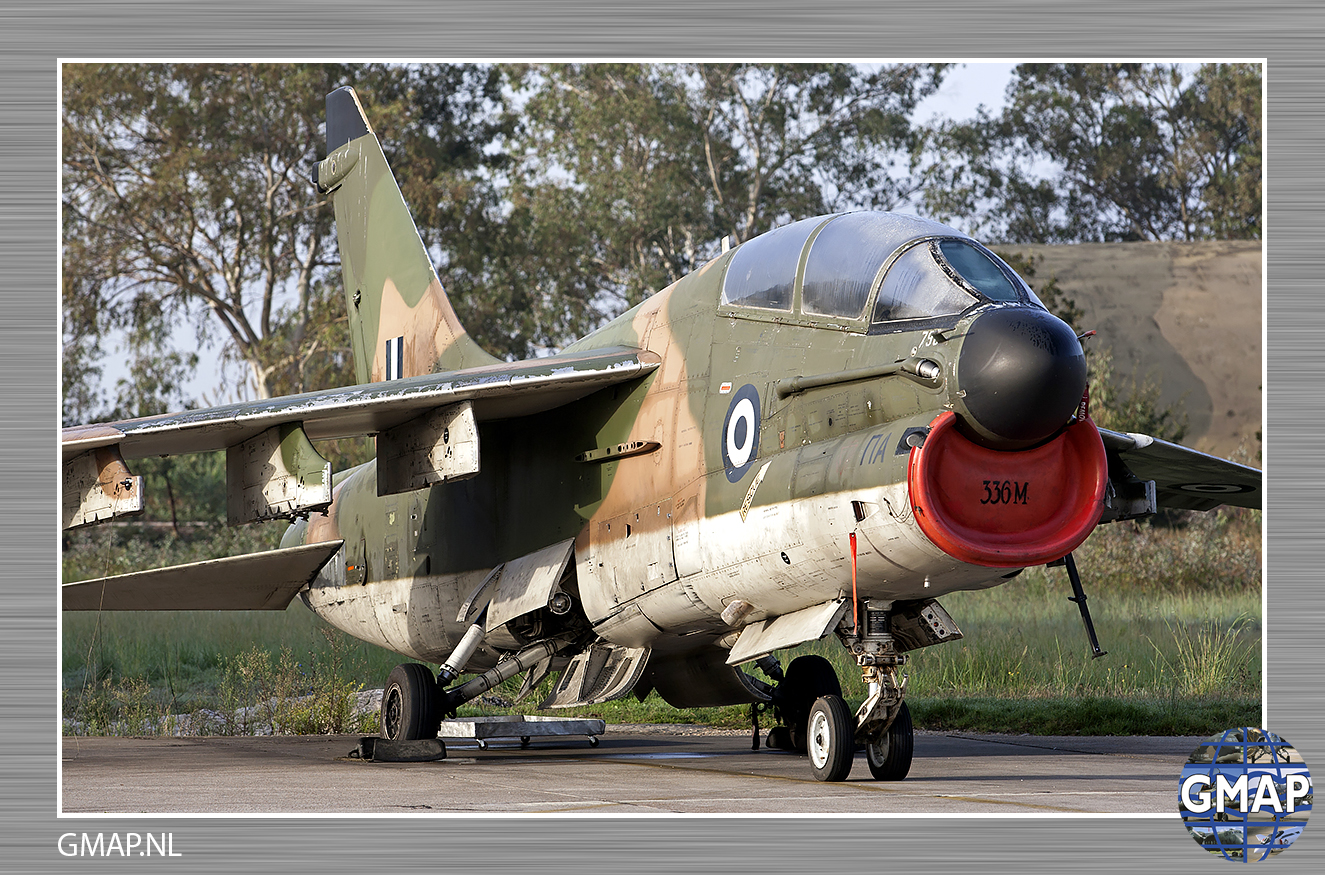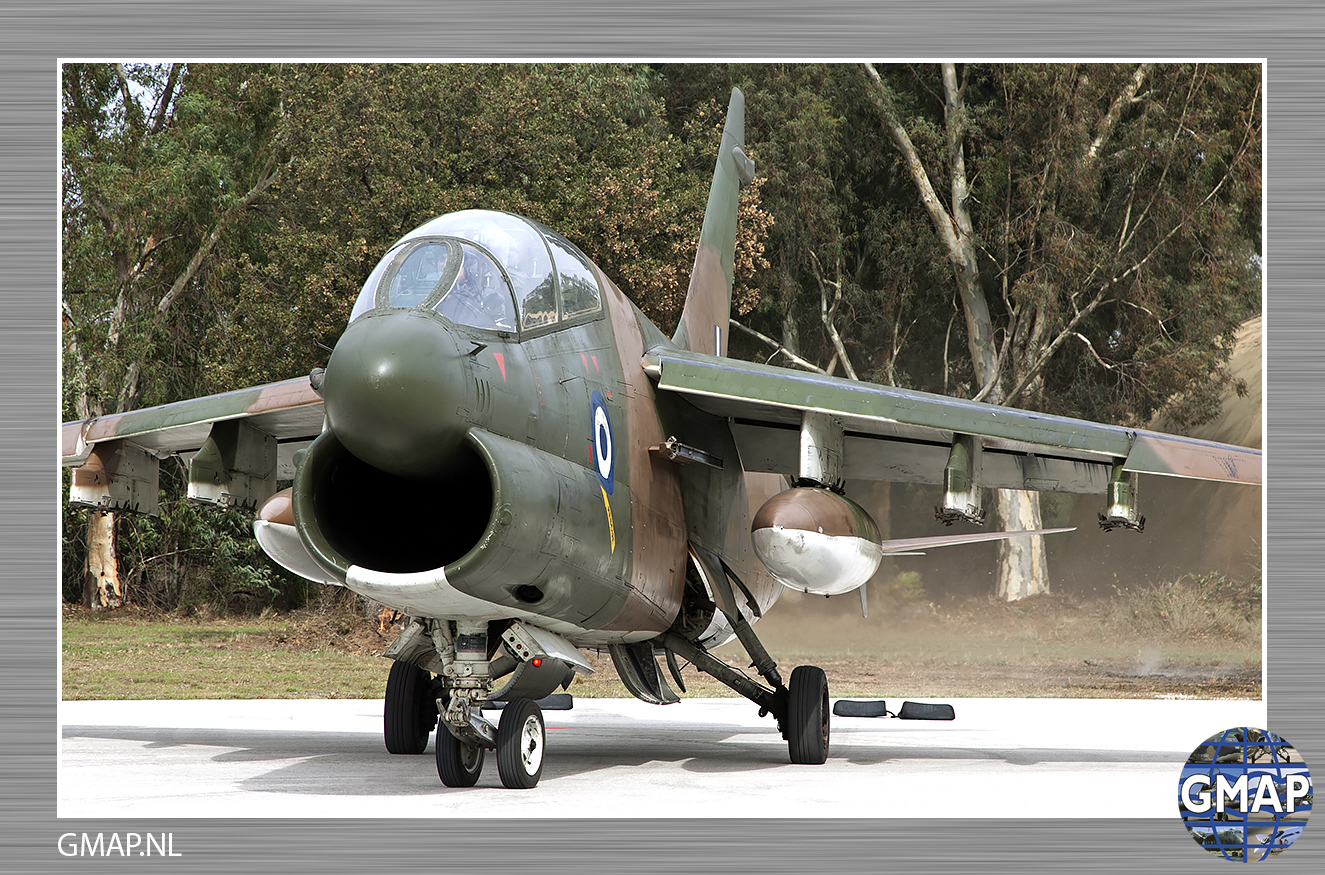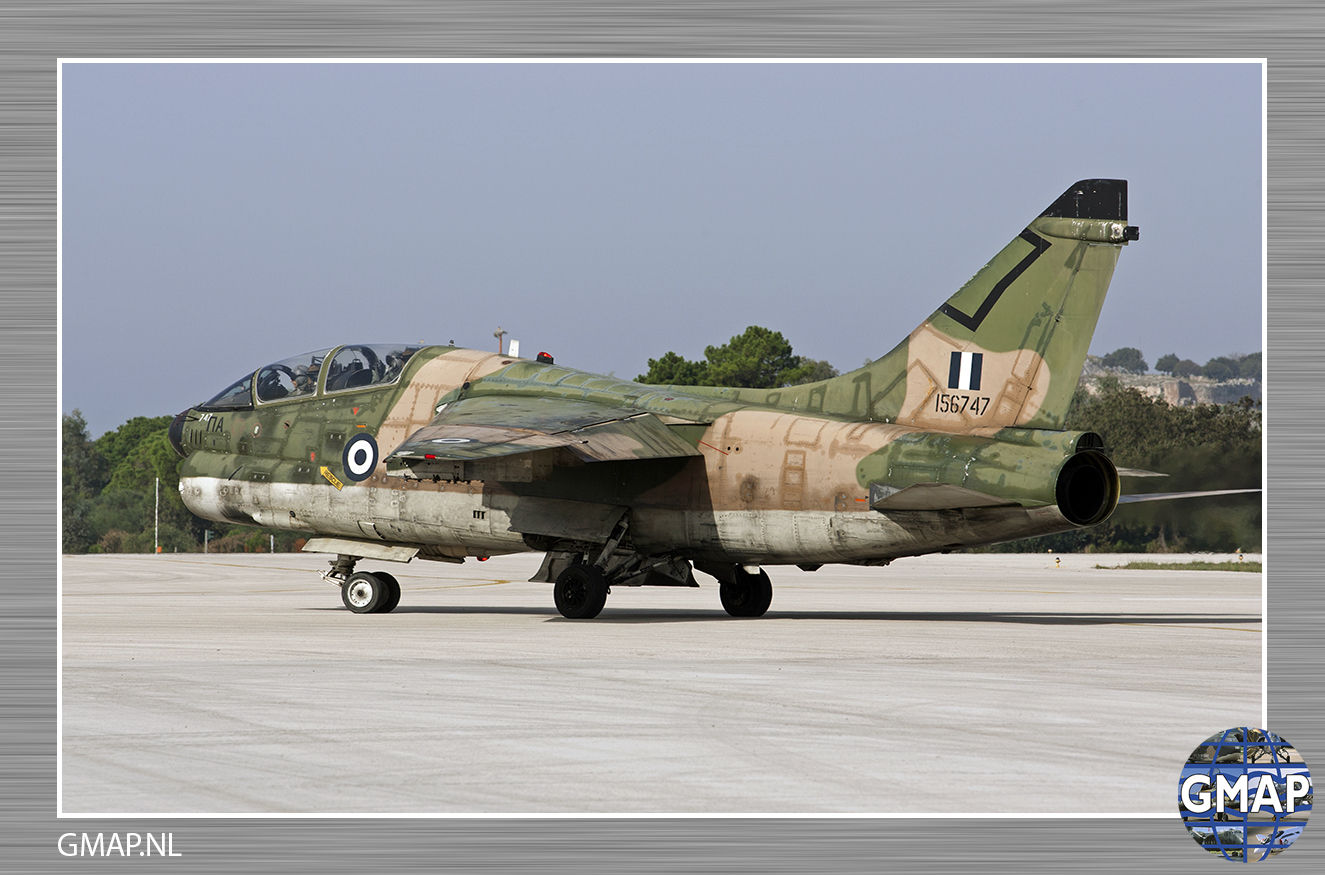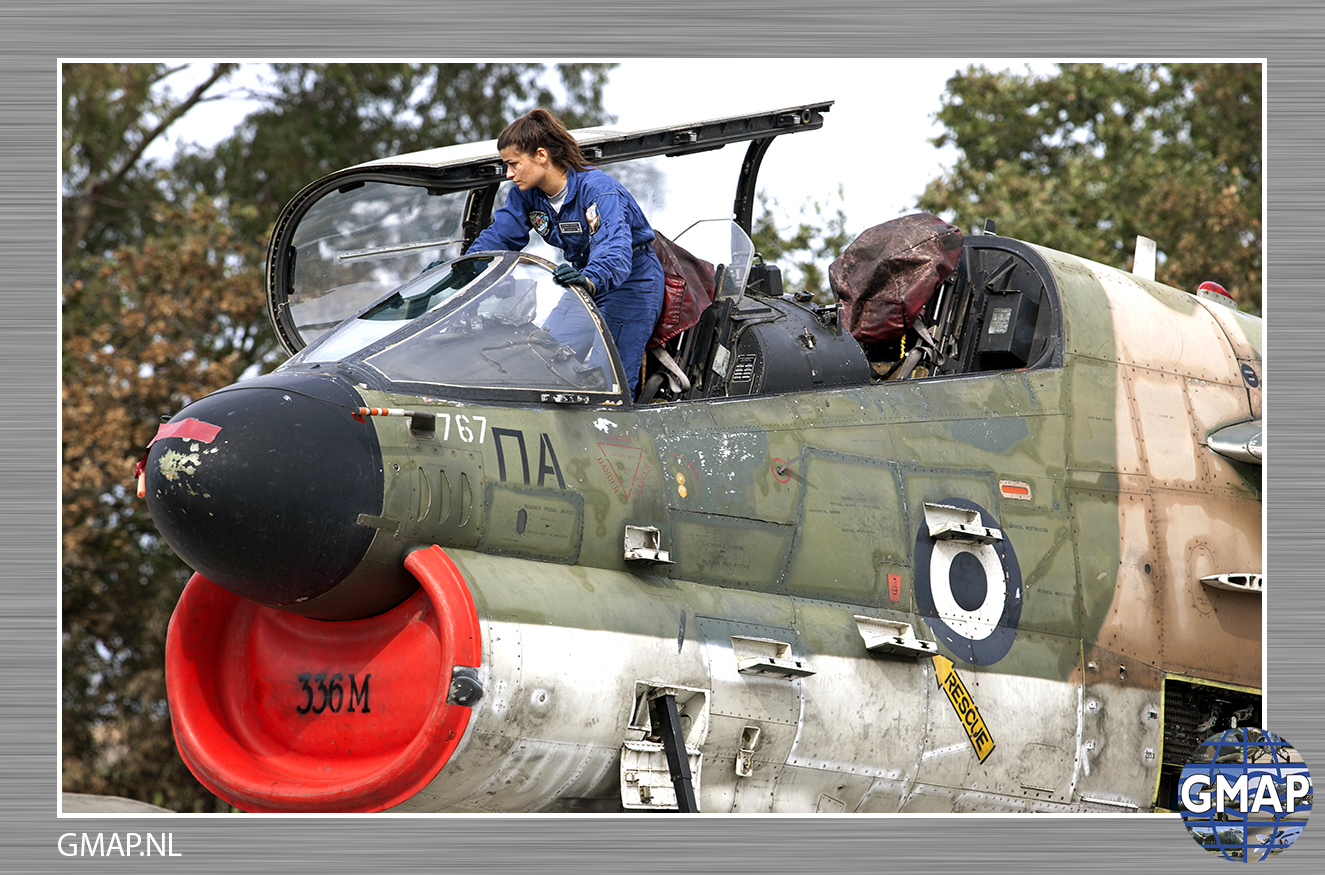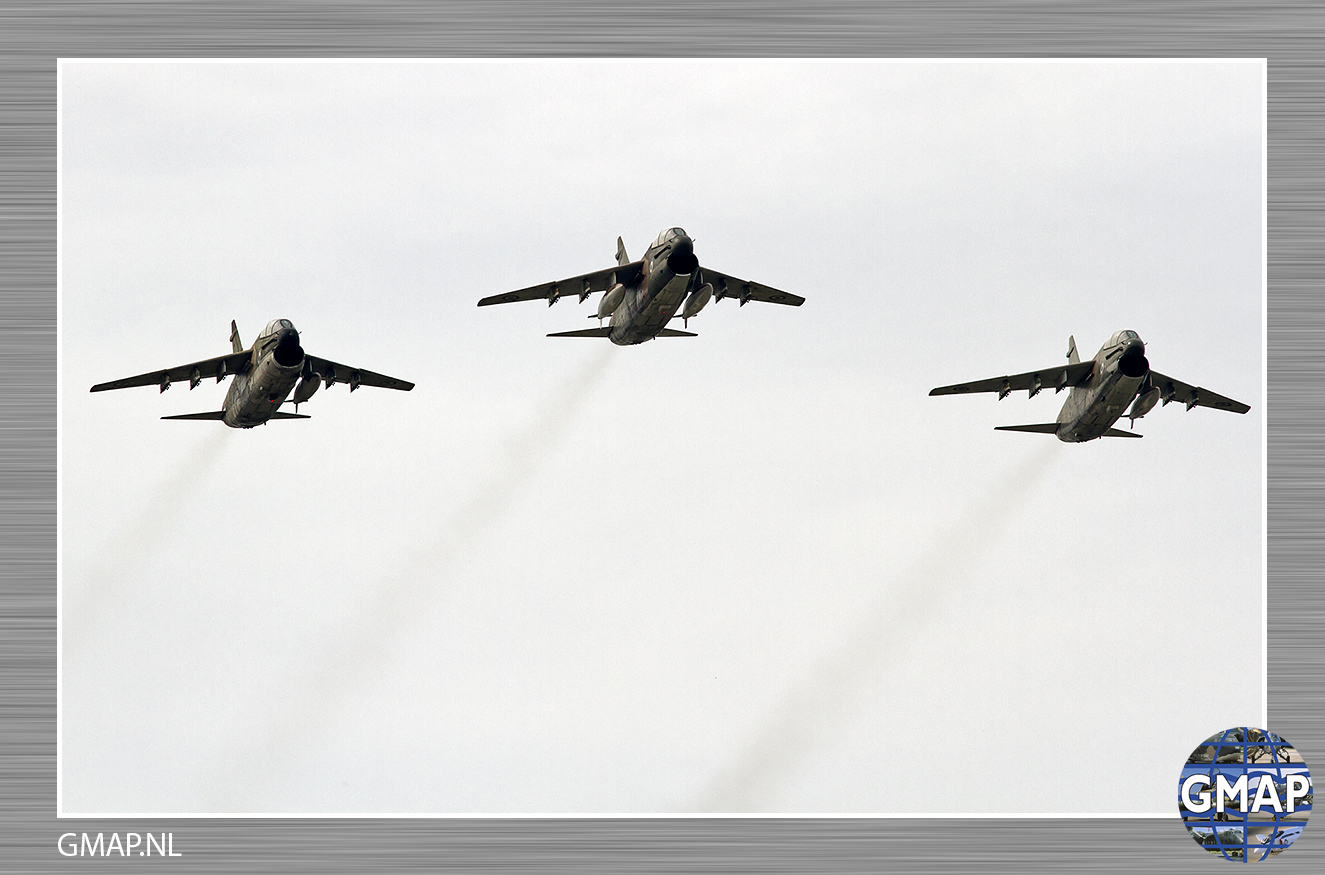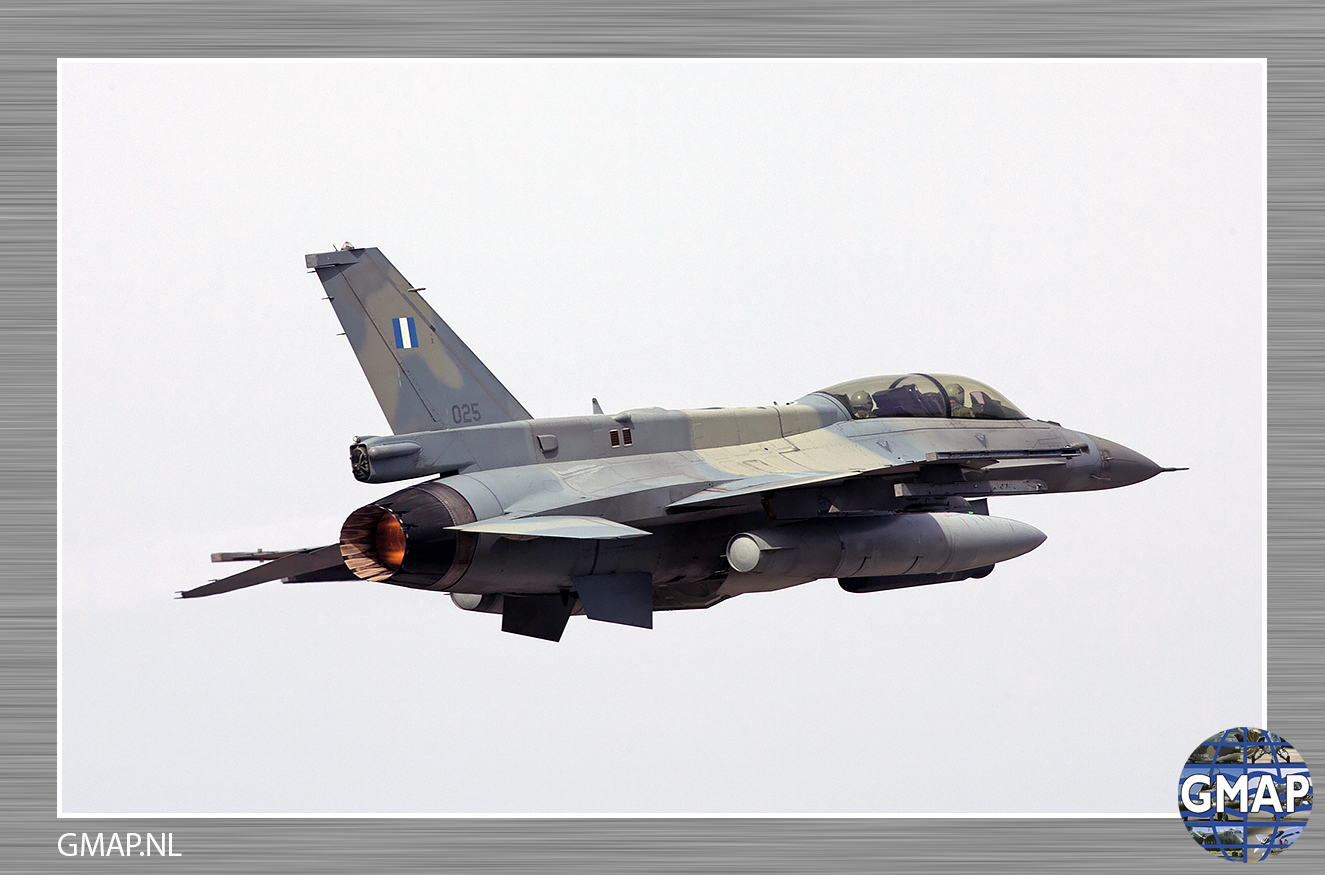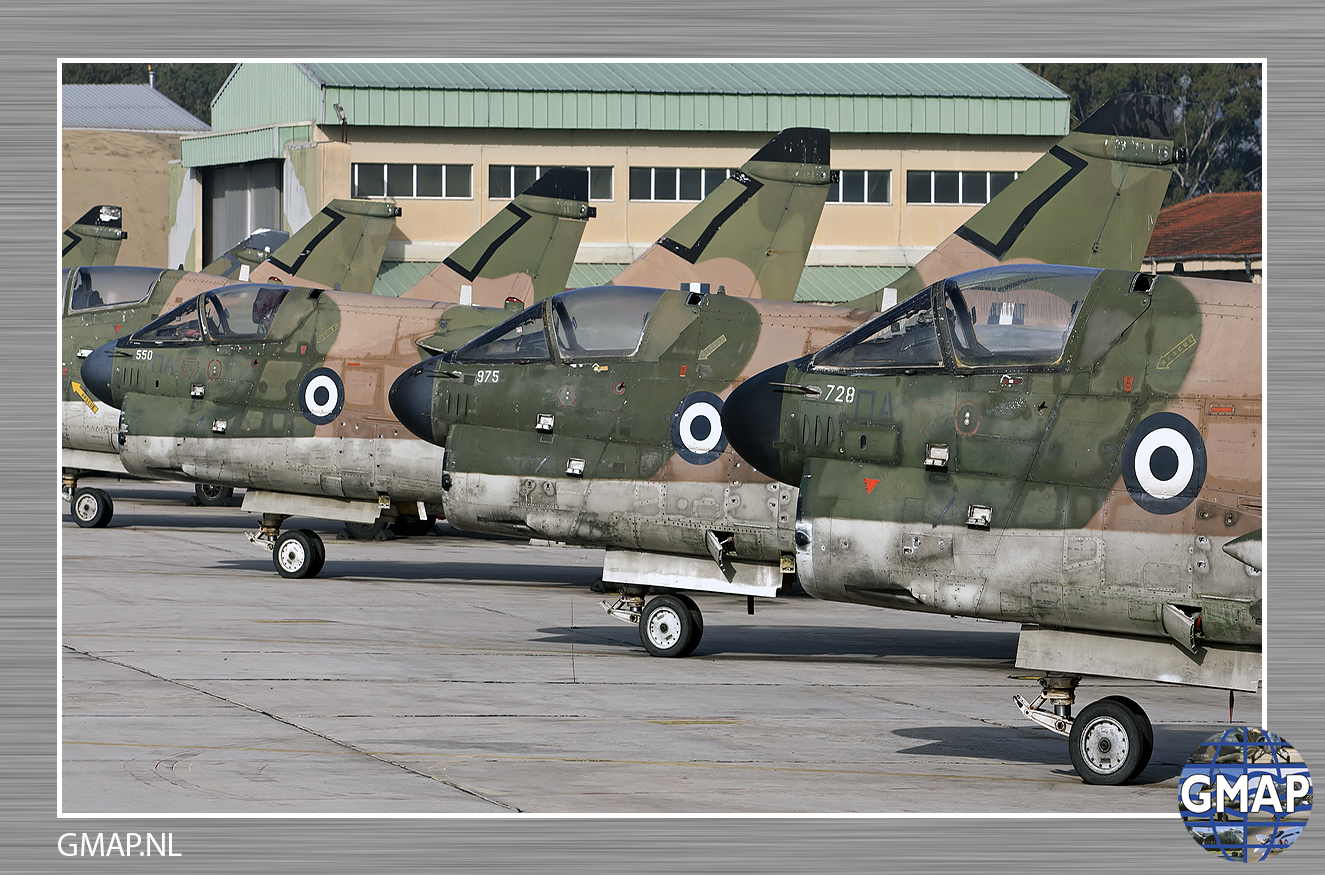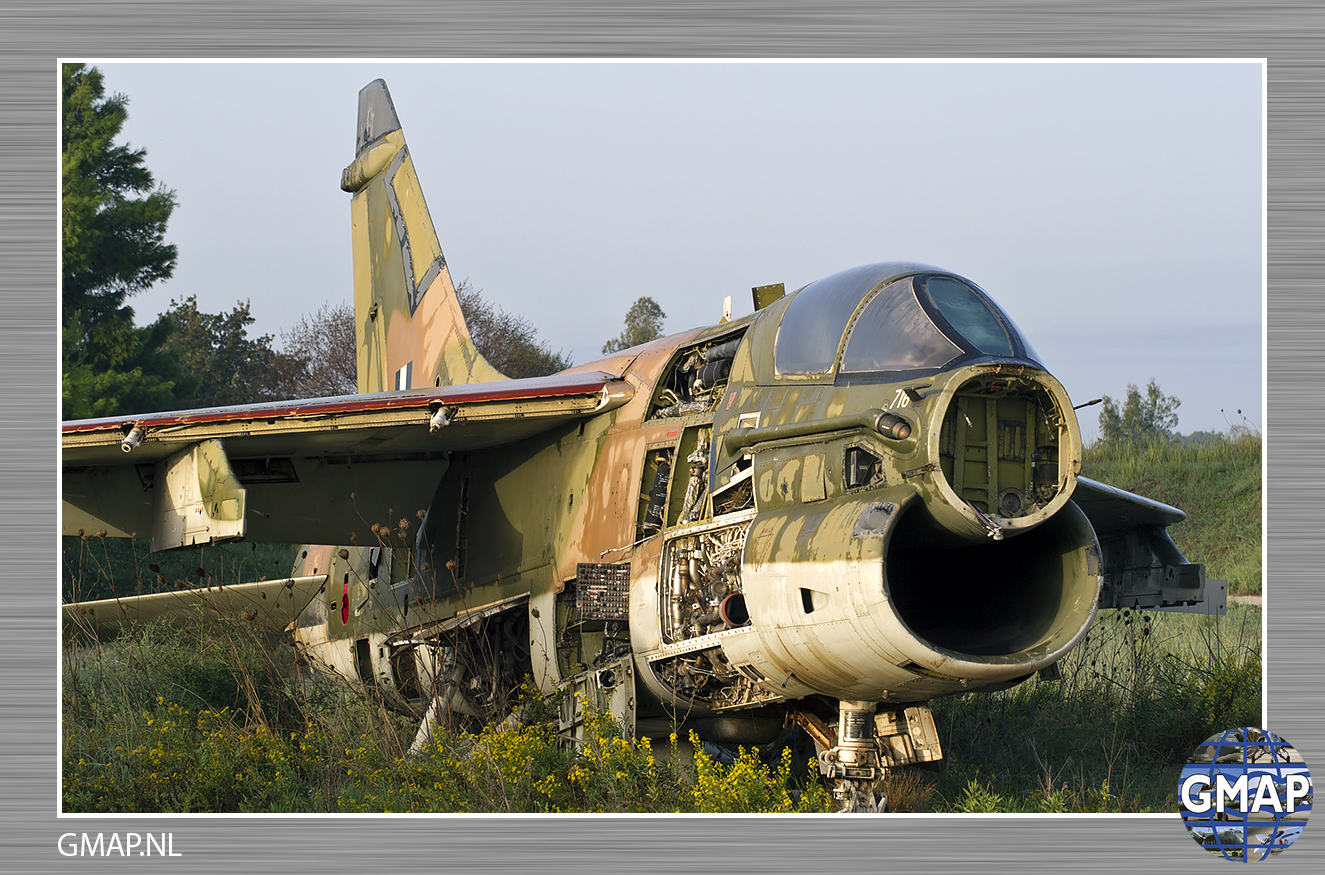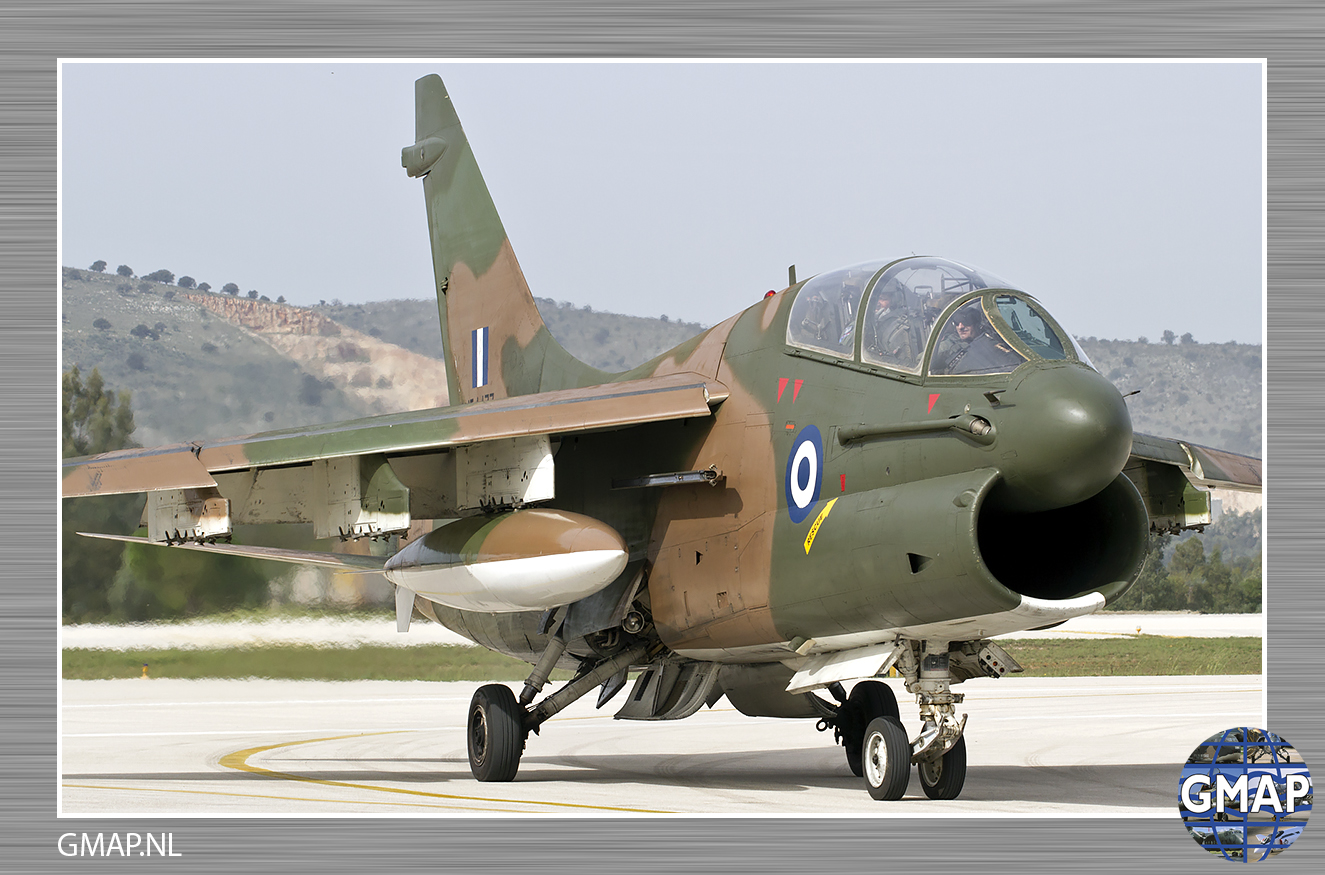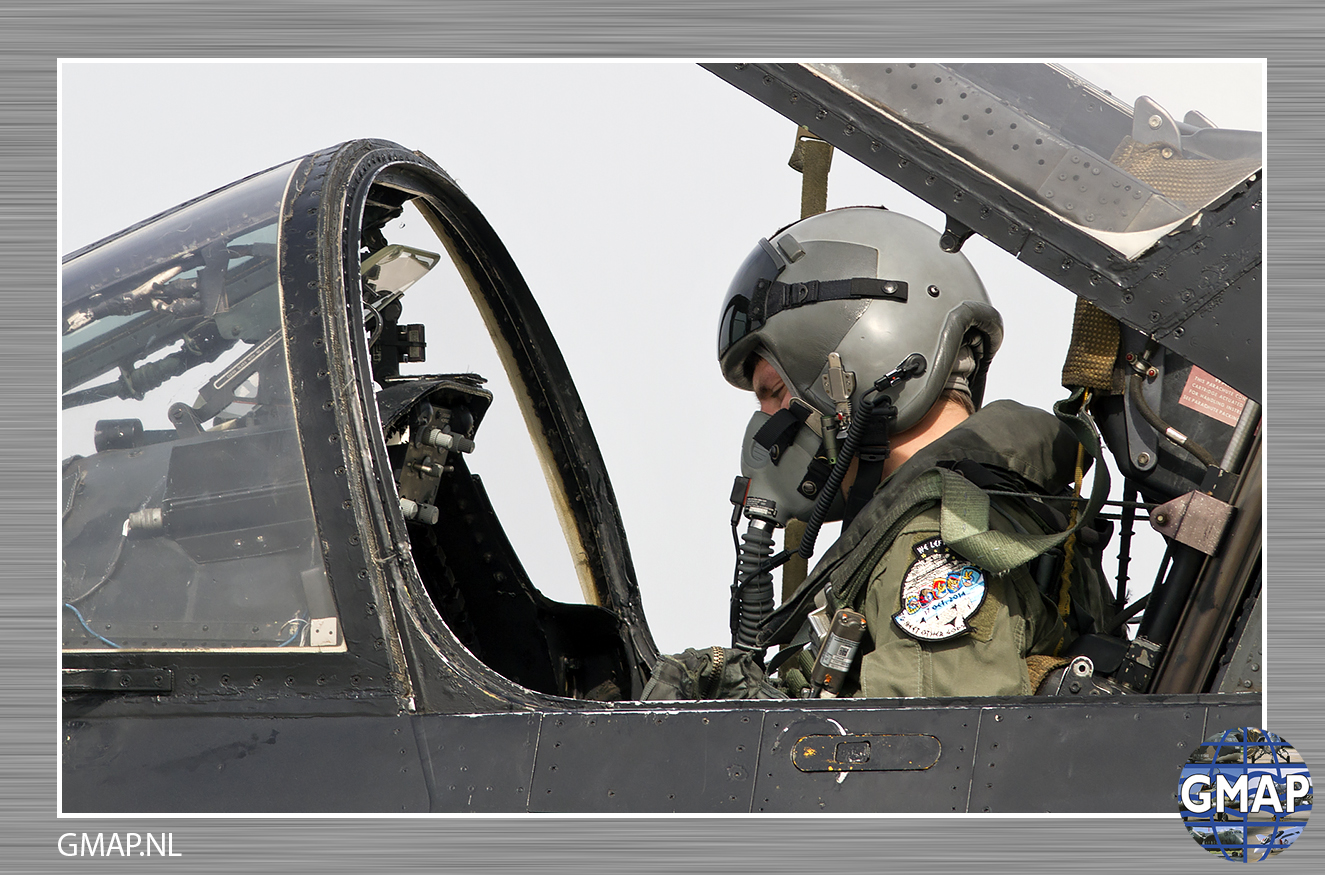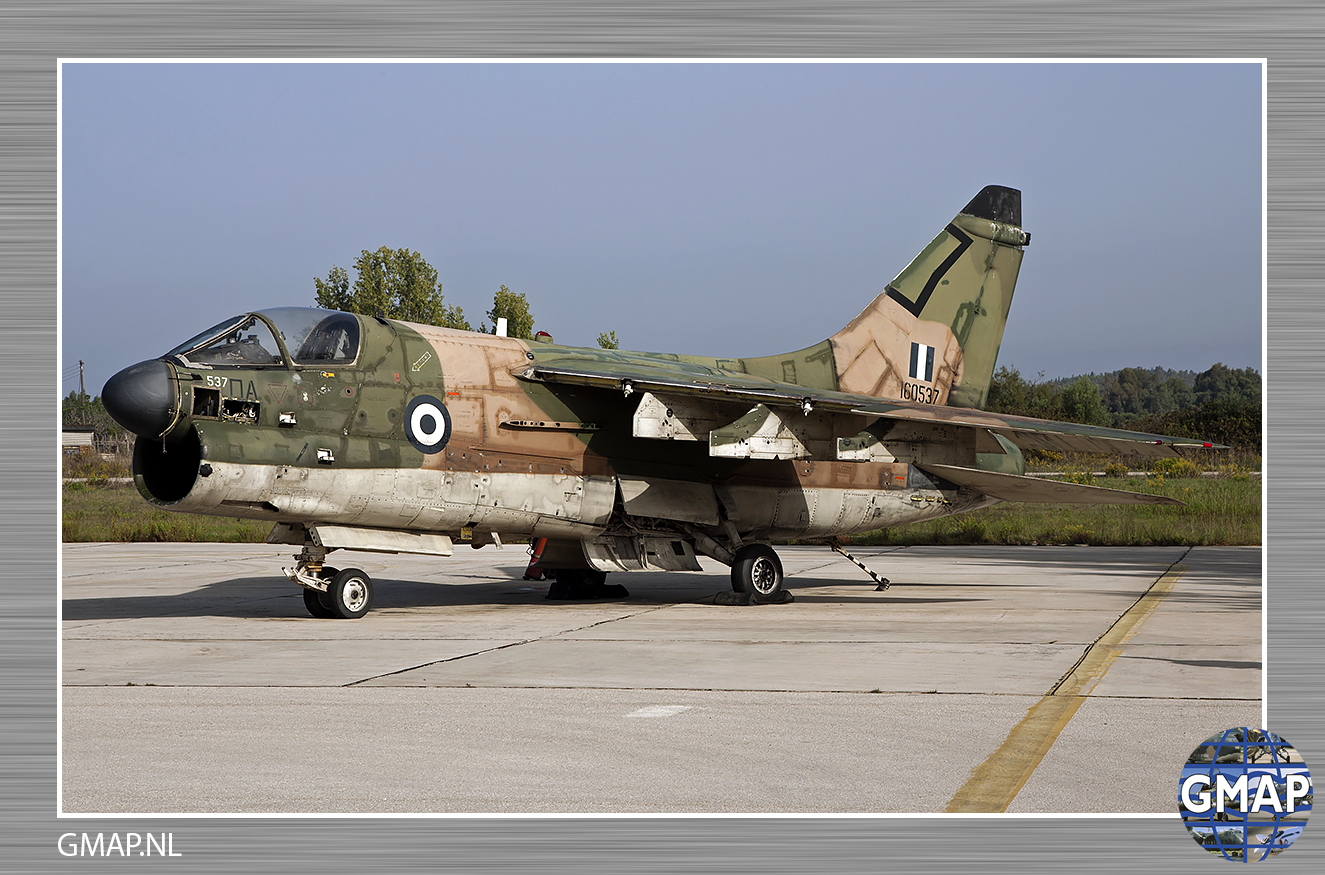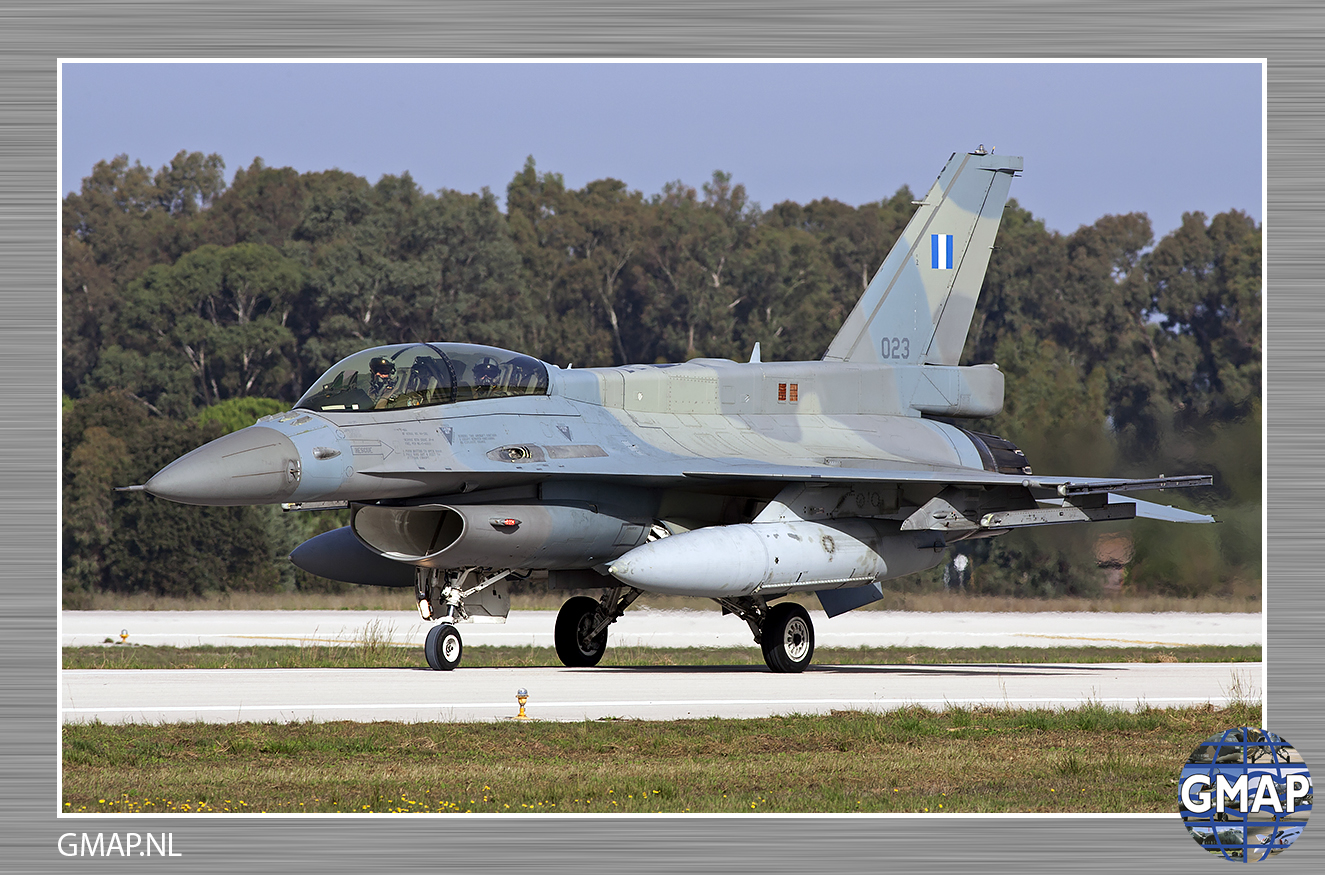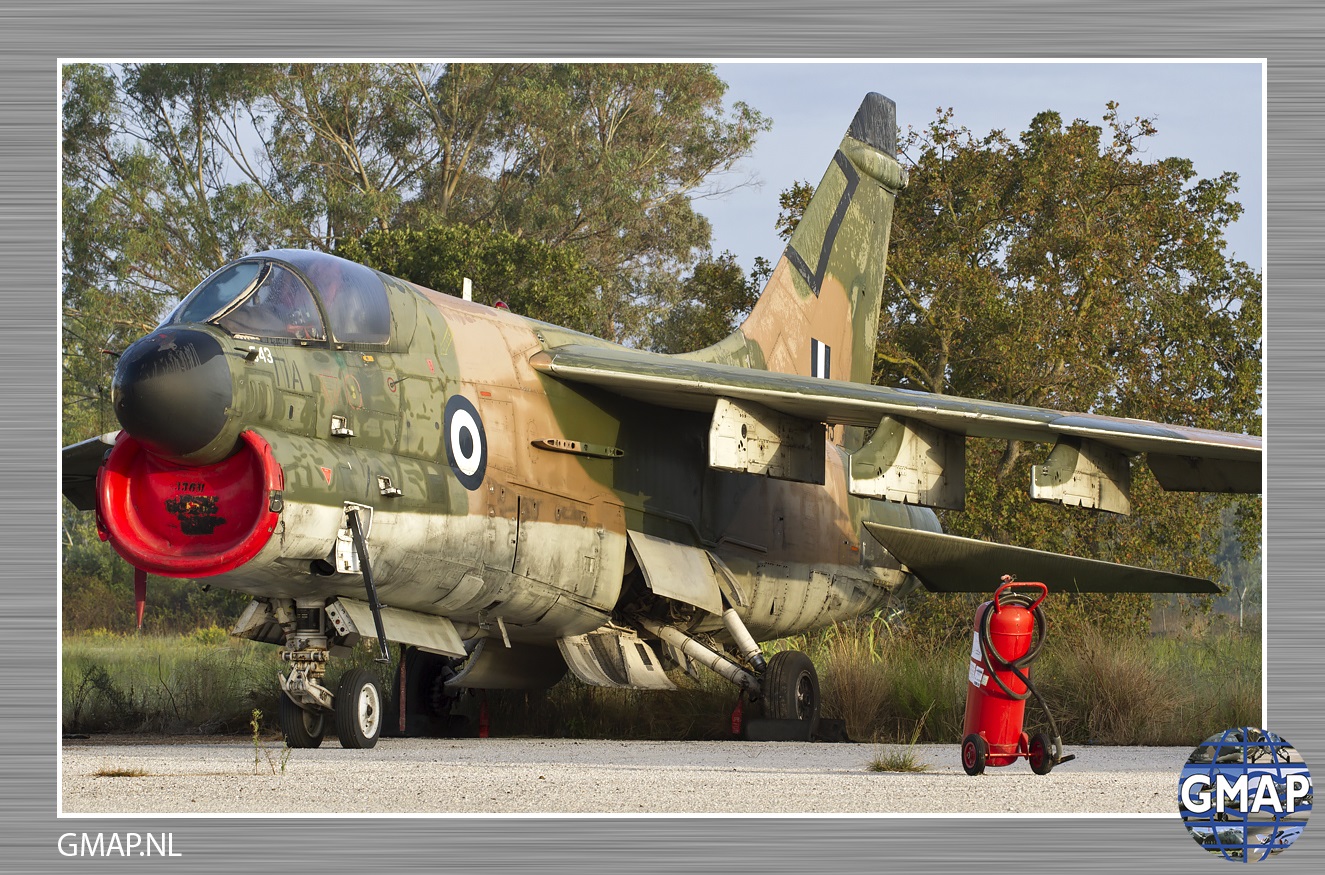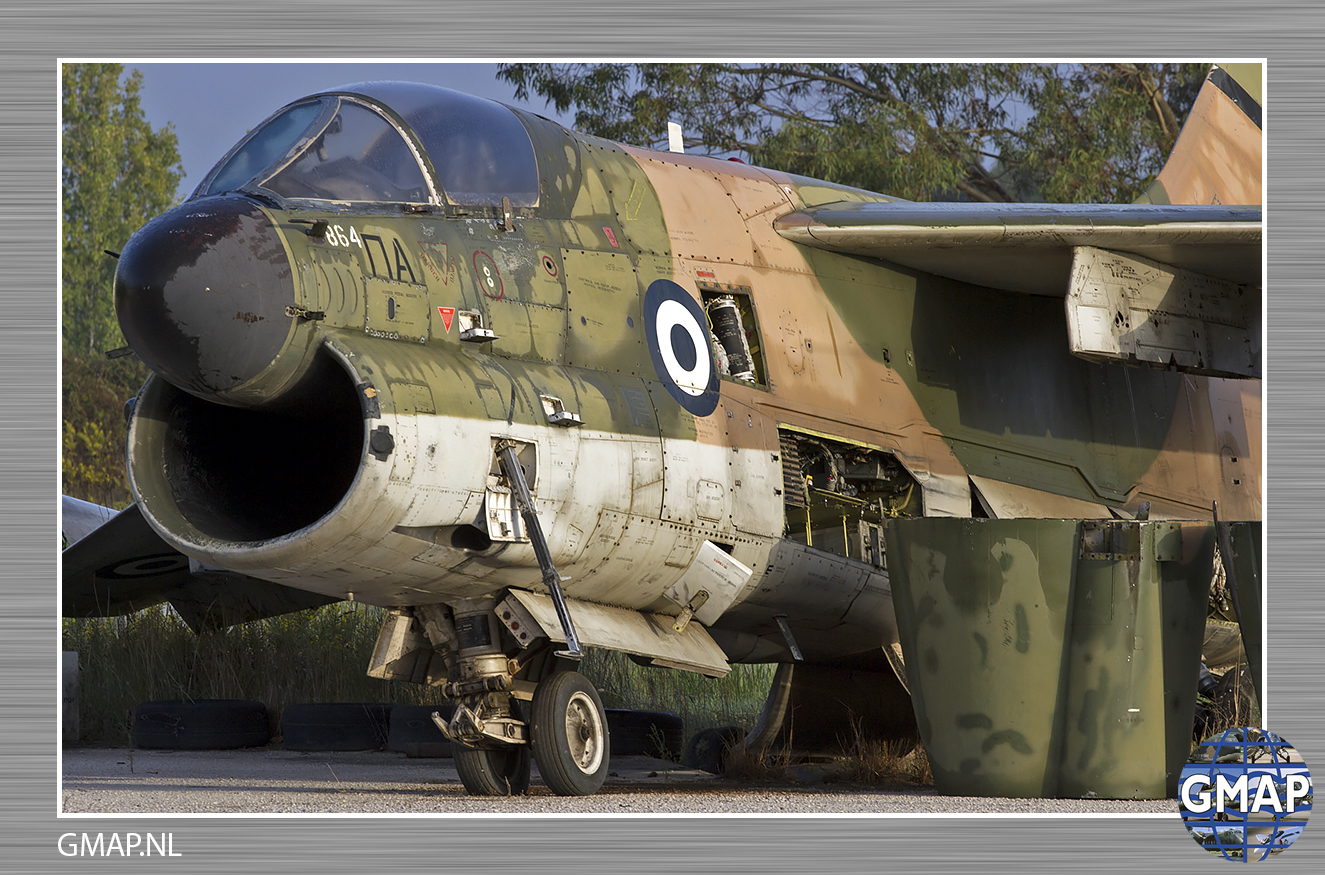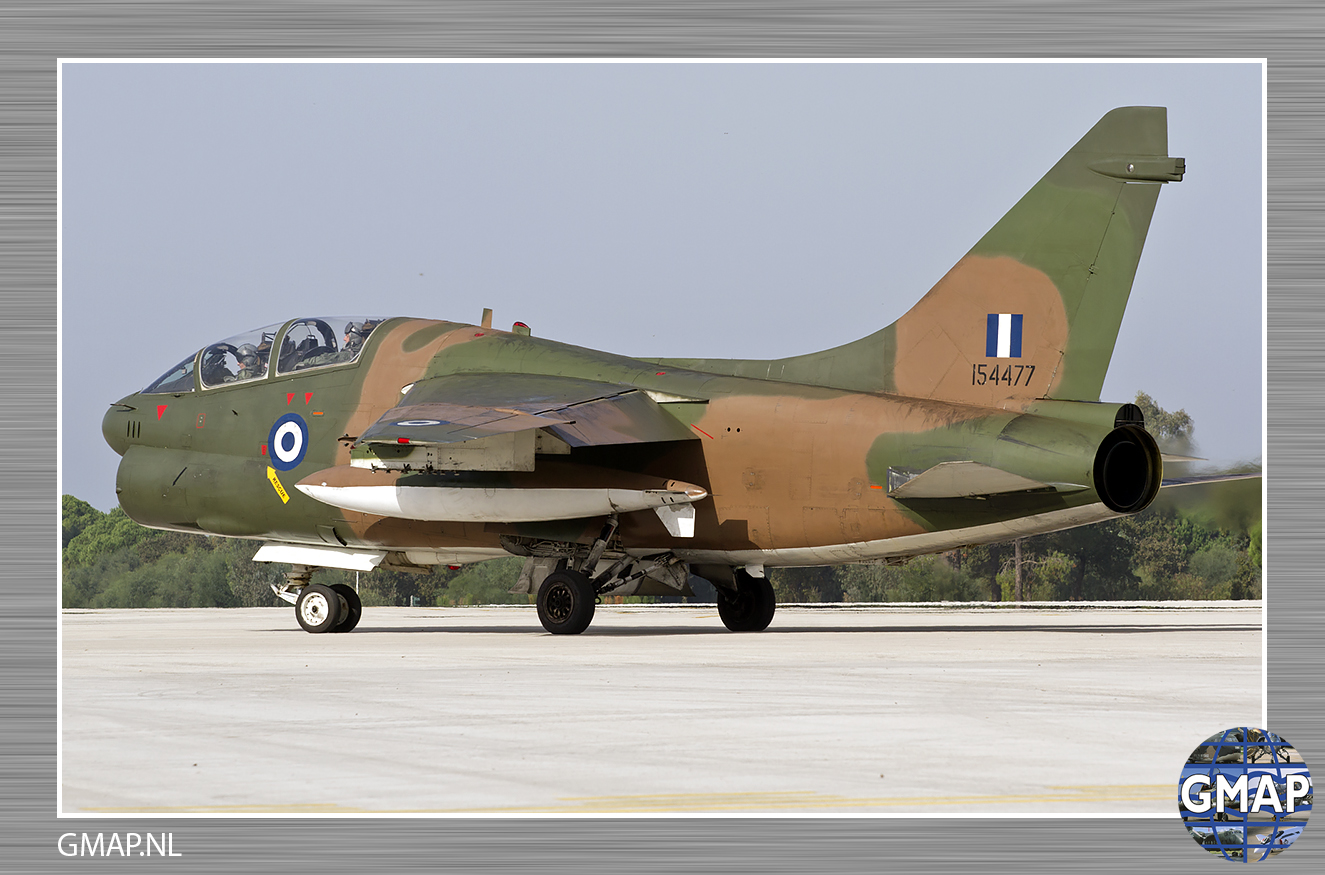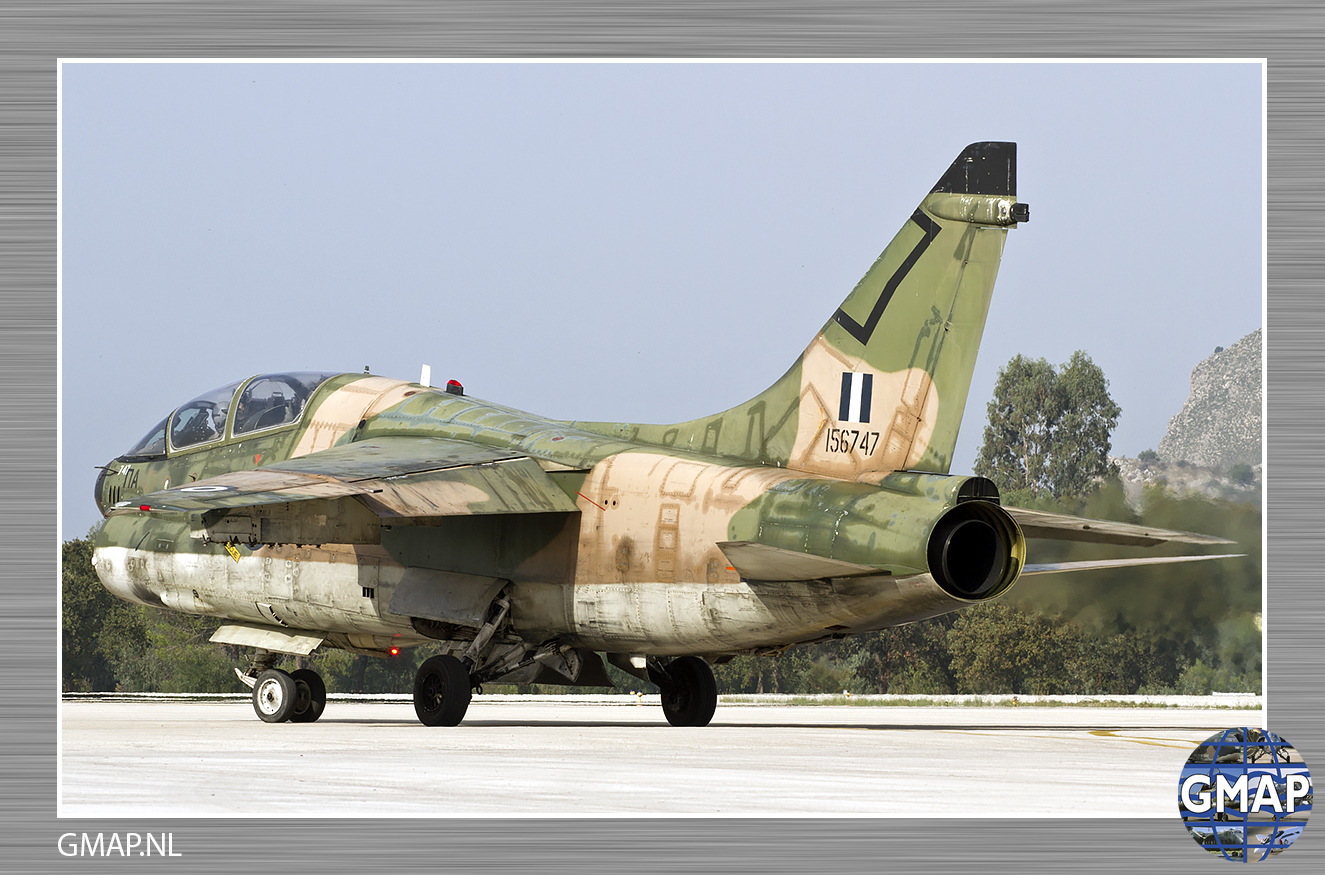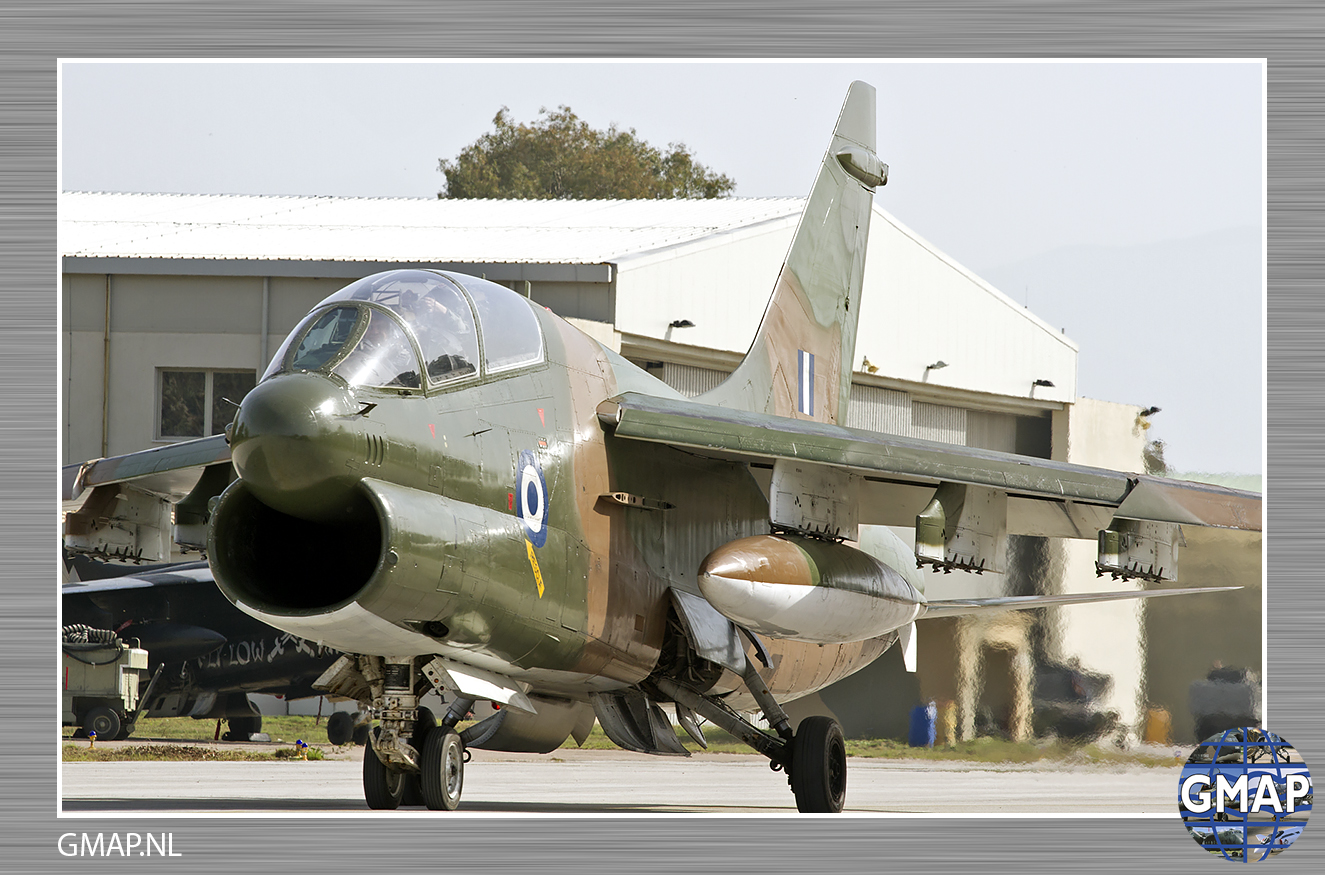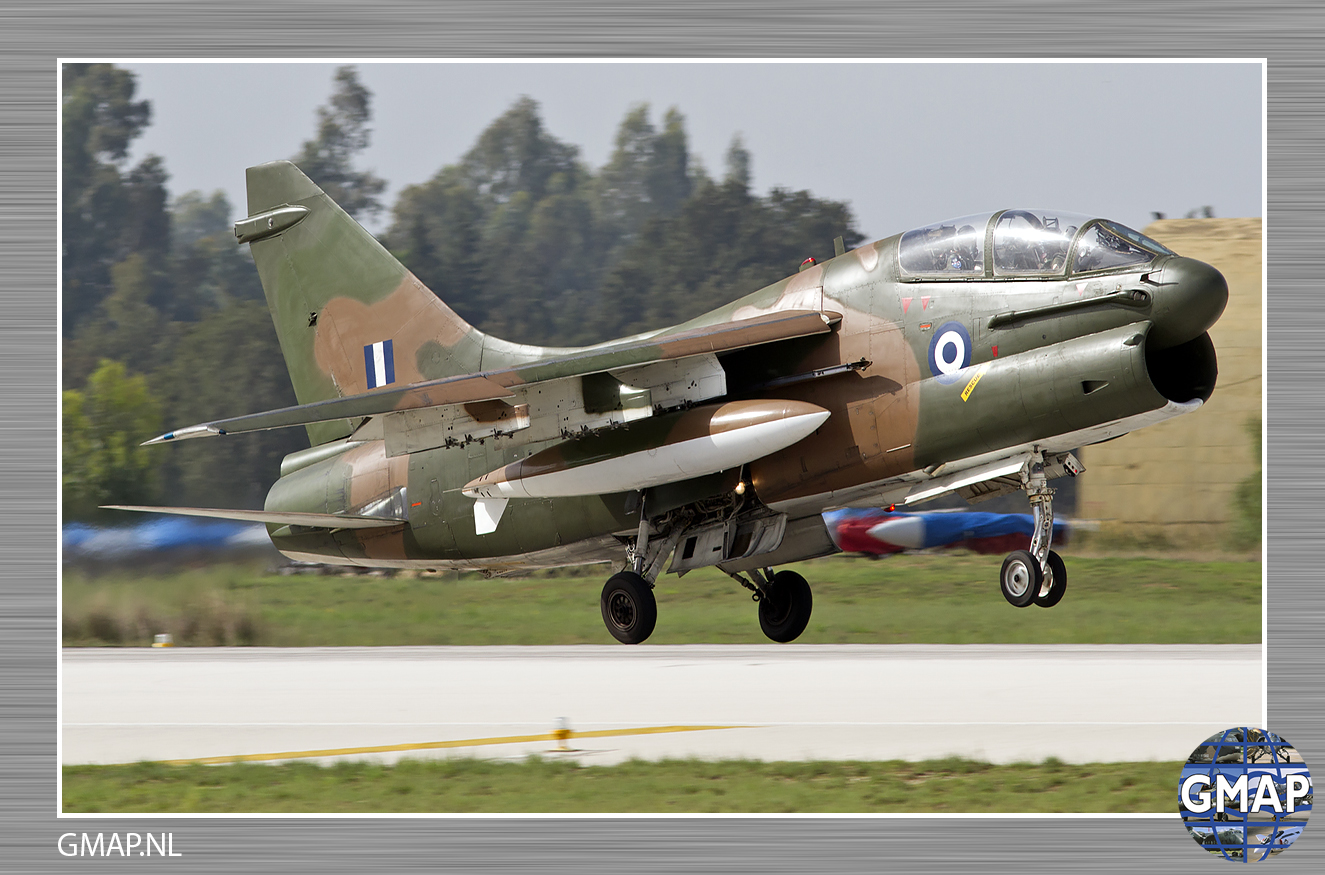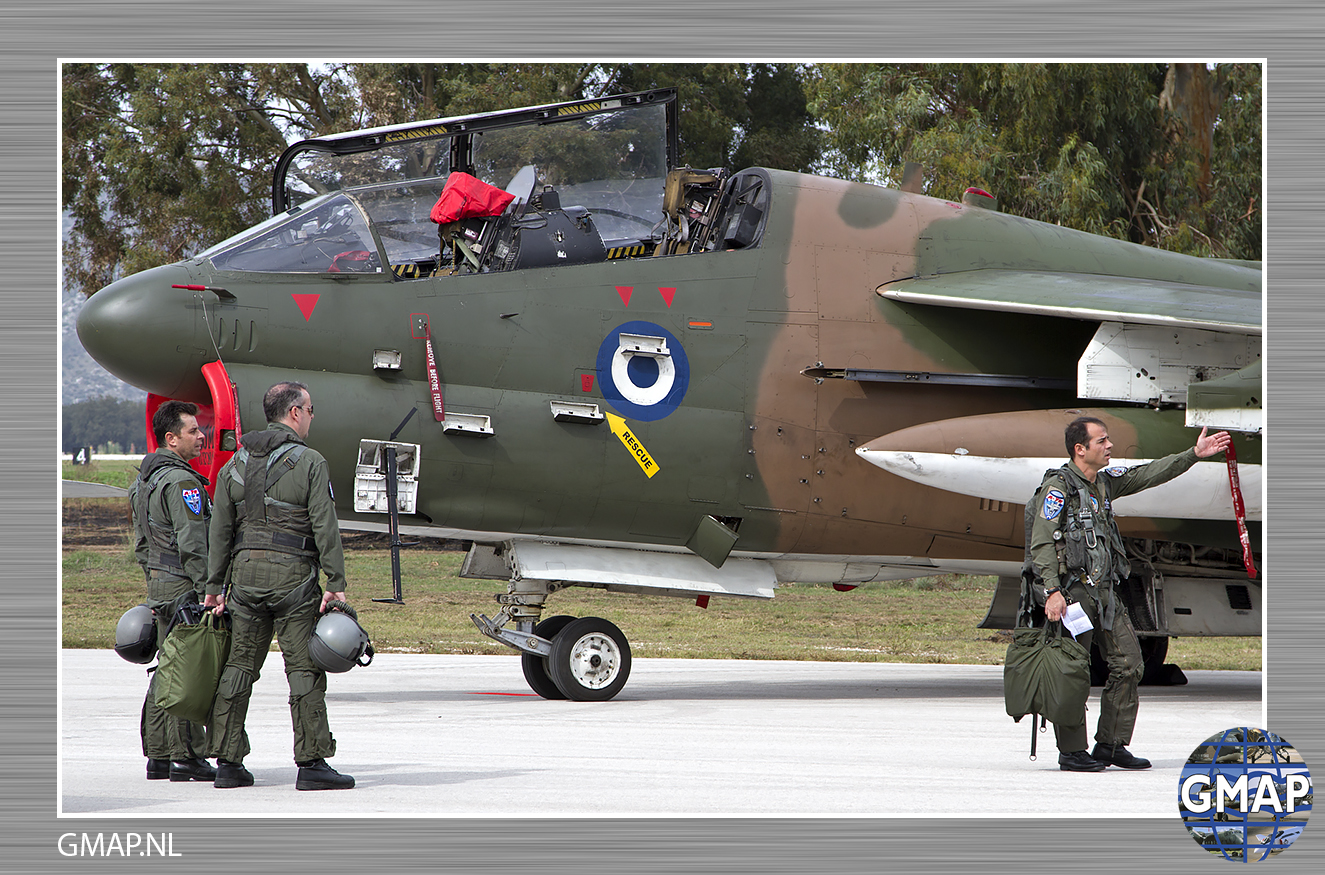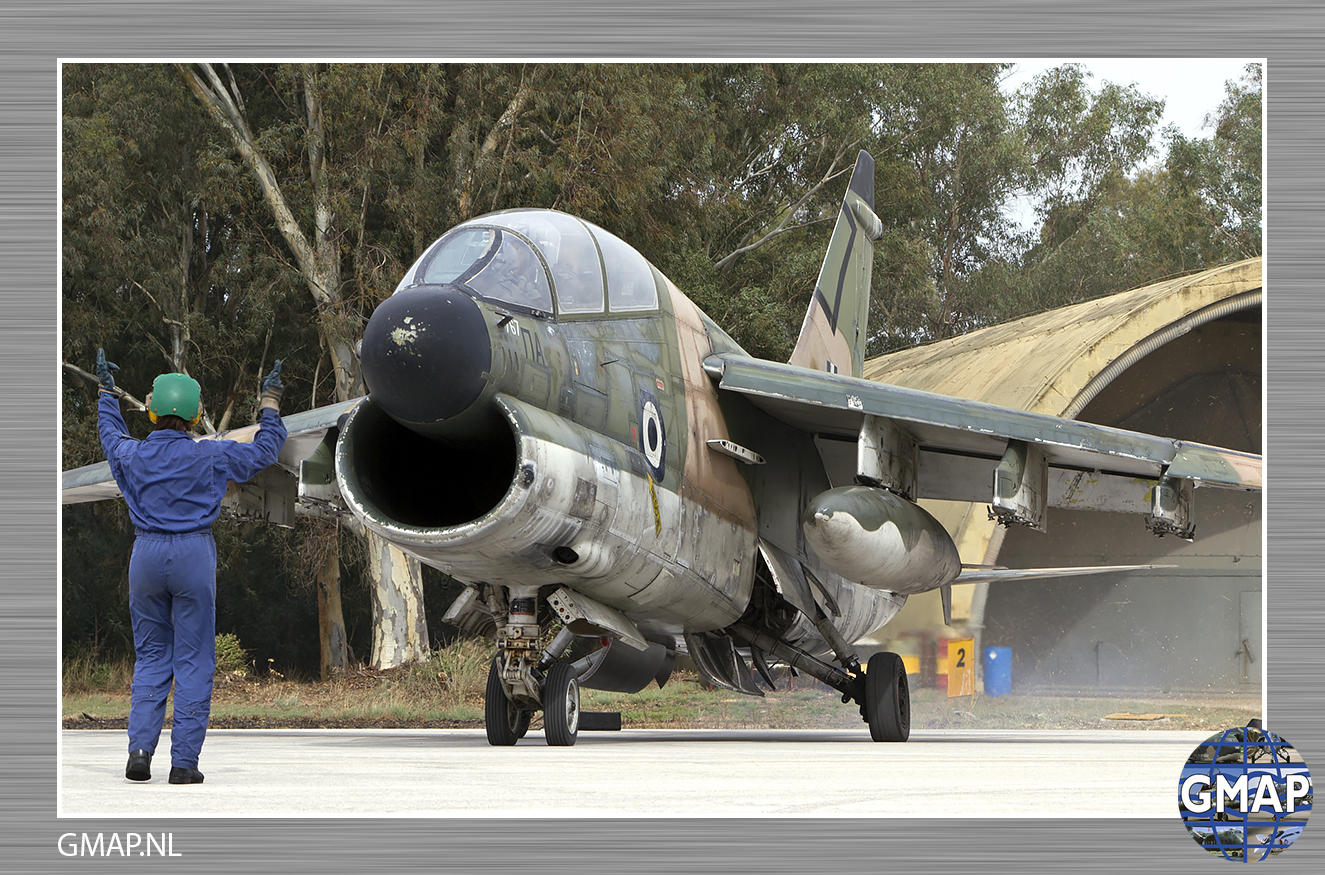“We left Greek skies to meet other Gods”* The end of 49 years of A-7 Corsair II operations
The A-7 retirement ceremonies of October 16th and 17th, 2014 marked the end of an era, not only for the Hellenic Air Force but also for one of the iconic attack fighters of the 1960s.
Bas Stubert, Dino van Doorn and Hans van der Wilt report from Araxos, Greece.
Origins
The A-7 Corsair II was the winner of the VAL (Heavier-than-air, Attack, Light) competition in the first half of the 1960s, in a time when the US Navy needed a new attack aircraft to augment and later replace the A-4 Skyhawk. The first flight of the YA-7A prototype took place on September 27th, 1965 and the first A-7 squadron was declared operational in February of 1967. December 1967 saw the first Corsair IIs deployed to Vietnam.
The success of US Navy operations led to orders from other air arms as well. The USAF ordered their version of the Corsair II, the A-7D, in late 1965. Greece followed in the early 1970s with an order for 60 de-navalised A-7Hs and Portugal ordered their 50 refurbished A-7Ps in 1980. Thailand ordered 18 ex US Navy Corsair IIs the early 1990s.
With the US Navy and US Air Force retiring their Corsairs in 1991 and 1993, followed by the Portuguese Air Force in 1999 and the Thai Navy in 2007 the last operator of the A-7 Corsair II was the Hellenic Air Force. They flew the A-7 for an astonishing 39 years of operational service.
The A-7 in HAF service
The 60 (T)A-7Hs were delivered to the HAF in the 1975-1980 timeframe and equipped a total of five squadrons: 340 Mira and 345 Mira at Souda, 347 Mira at Larisa and 335 Mira and 336 Mira at Araxos. These 60 (T)A-7Hs were augmented by 50 A-7Es and 12 TA-7C trainers in 1993-1994, taken over from the US Navy that had recently retired its Corsairs. When in 2007 all A-7Hs were retired, 335 and 336 Mira soldiered on with the A-7E/TA-7C. With a total of 122 Corsairs the Hellenic Air Force was the largest export operator of the A-7.
Home of the Corsairs
Araxos is now quite literary the home of the Corsair. With over sixty Corsairs present at the end of 2014 the base is host to more A-7s than even the mighty 309th AMARG at Davis Monthan, as they have only twenty-eight in the books at the time of writing. About half of the Corsairs at Araxos are withdrawn from operational use and are a source for spare parts. Of the remaining Corsairs, half of these were stored and half were still operational in October 2014.
The retirement
The retirement of the A-7 was celebrated with a two-day event. The first day, October 16th, was a “spotters day” during which press and aviation enthusiasts were welcome to see the last Corsair missions. TA-7Cs 154477, 156747 and 156753 were lined up at the 336 Mira flight line to fly these last sorties, however 156747 went technical just before take-off and was replaced by TA-7C 156767. Of these, 154477 and 156753 wore the new camouflage scheme. Visitors were also able to inspect the large amount of withdrawn and stored Corsairs and were treated to displays from the Zeus F-16C and Daedalus T-6A demonstration teams. On October 17th a ceremony was held to officially retire the A-7, marking the end of 49 years of A-7 operations and 39 years of HAF Corsair service.
* A special patch was distributed amongst the 336 Mira crew to mark the retirement of the A-7. That patch read “we left Greek skies to meet other Gods”. Hence the title.
